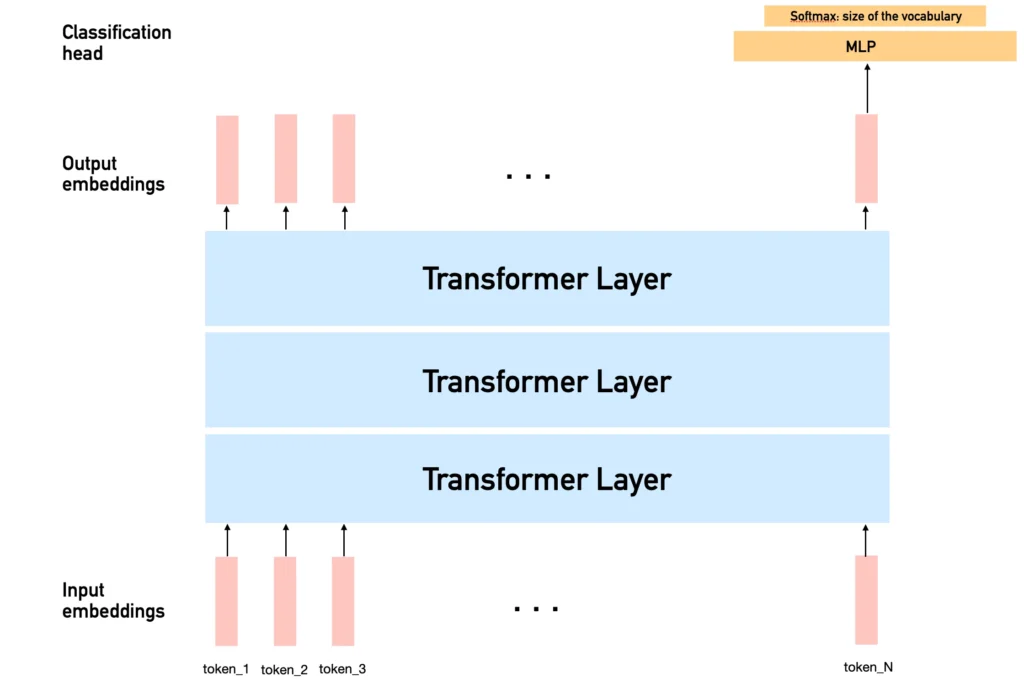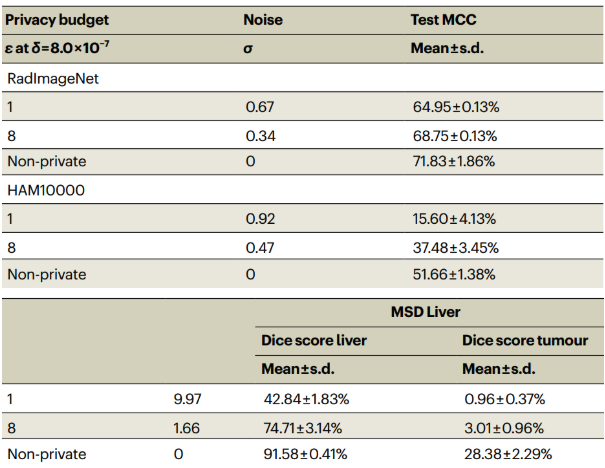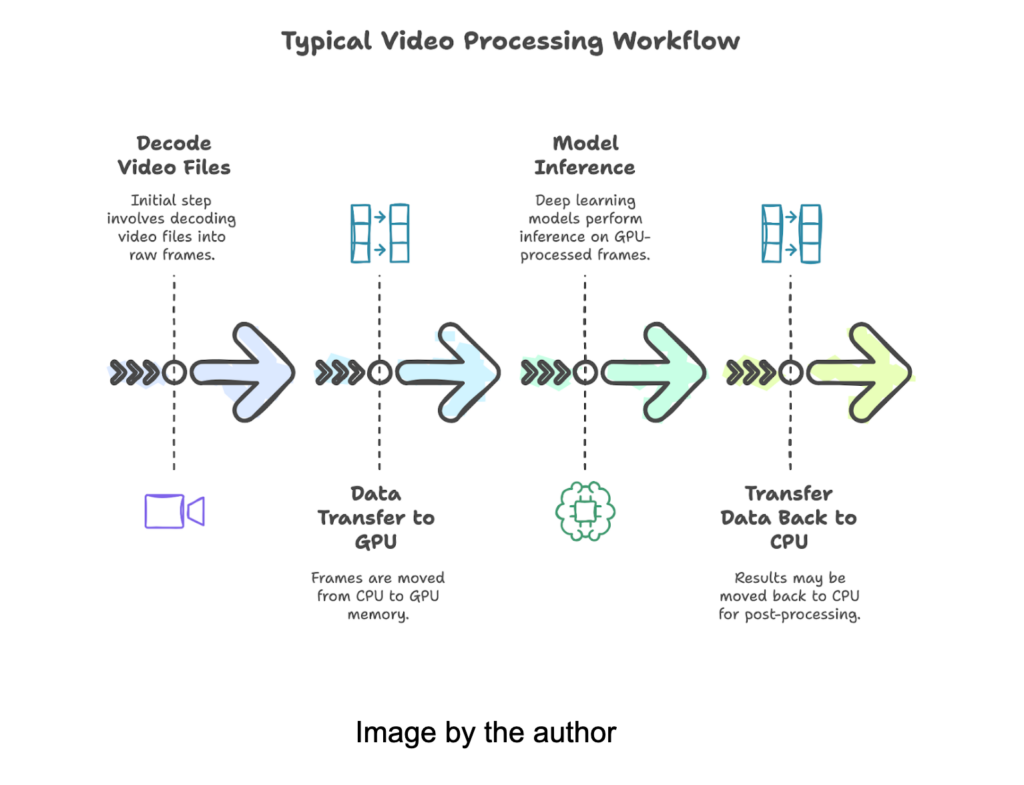
Write for Towards Data Science | Towards Data Science
Quick Links: Why become a contributor? We are looking for writers to propose up-to-date content focused on data science, machine learning, artificial intelligence and programming. If you love to write about these topics, read on! Reach a broader audience with your articles. We are one of the most popular data science sites in the world. TDS started as a publication on Medium, amassing more than 700k followers and becoming the most-read publication on the site.








